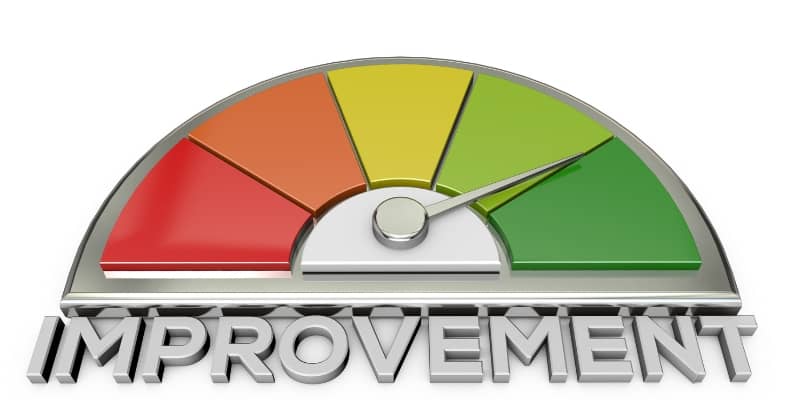
Social Return on Investment (ROI) is a powerful metric for understanding the true impact of an organization’s social investments. It provides a clear measure of success and allows organizations to compare how their investments are performing against other opportunities. This guide explains how to calculate Social ROI and provides tips for making more informed decisions when making social investments.
1: Define Your Objectives

Before you can accurately measure the success of your social investments, it’s important to set clear objectives. These should reflect what you want to accomplish with your investments and outline how you define success for a particular goal or project. Additionally, it’s important to not just focus on financial returns from your investments, think about both qualitative and quantitative results such as increased brand awareness or donor engagement. After setting objectives, you can establish a baseline to measure future performance.
2: Gather Relevant Data

Now that your objectives have been defined and the baseline established, it’s time to start gathering data. This is the most time-consuming aspect of calculating social return on investment (ROI). Make sure you include all relevant metrics – quantitative, like page visits or sales conversions; qualitative, like customer feedback surveys; and even financial information – such as expense and profits. All of this will be essential to accurately measure the success of your investment later.
3: Identify Relevant Metrics

Once you’ve identified your objectives, it’s time to start considering the metrics you’ll use to measure success. Identify which data points are relevant to each of your objectives and gather this data in a centralized repository. This will help you track progress over time and make sure that you are considering the whole story. Don’t forget to look at both quantitative and qualitative metrics – from page visits, conversions, and sales numbers to customer feedback surveys and financial information such as profits and expenses.
4: Calculate the Social ROI

After you’ve gathered all the relevant data, it’s time to calculate your Social Return on Investment (ROI). To do this, you’ll need to establish a baseline and then subtract expenses associated with your social media campaigns. From there, you can divide the overall results by your total investment to get your ROI percentage. This will allow you to compare different investments and determine which one is contributing more value to your business.
5: Analyze Your Results and Find Opportunities for Improvement

Once you’ve calculated your social return on investment, you can start to analyze and interpret the results. This will help you identify any areas where improvement is needed or opportunities to increase value by changing certain strategies. Additionally, you can use your results to determine the most beneficial platforms to allocate resources towards, enabling you to get the highest ROI possible.



